Beyond the famous peaks of the Andes lies a hidden world of mountain ranges that rarely make it onto tourist itineraries or travel Instagram feeds. These forgotten giants hold stories of ancient civilizations, unique ecosystems, and landscapes so stunning they seem almost otherworldly.
Here’s a journey through South America’s best-kept mountain secrets, where local communities still guard age-old traditions and wildlife roams undisturbed by the usual tourist crowds.
Sierra Nevada del Cocuy
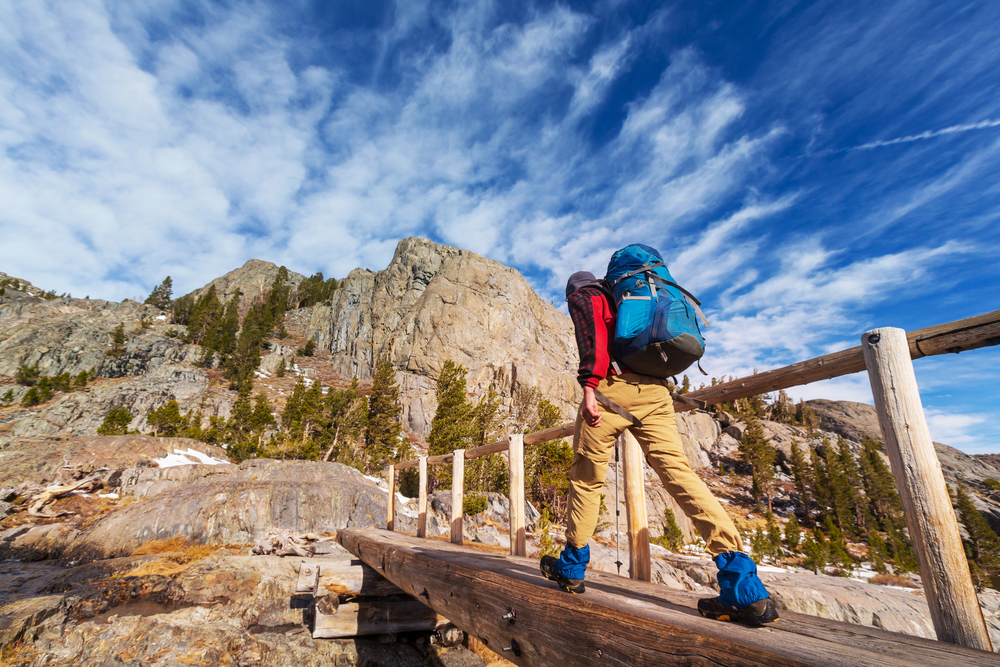
Tucked away in Colombia’s eastern reaches, this range looks like something out of a fantasy novel, with its snow-capped peaks rising above tropical forests. Endangered Andean condors soar past glaciers that have survived centuries of climate change, their wingspans casting shadows on the pristine snow below.
Local farmers still practice traditional agriculture on the mountainsides, their methods unchanged since pre-Columbian times. The contrast between tropical lowlands and alpine peaks creates unique microclimates where species found nowhere else on Earth have evolved in isolation.
The range’s remoteness has helped preserve both its natural wonders and the cultural heritage of its indigenous inhabitants.
Cordillera Huayhuash
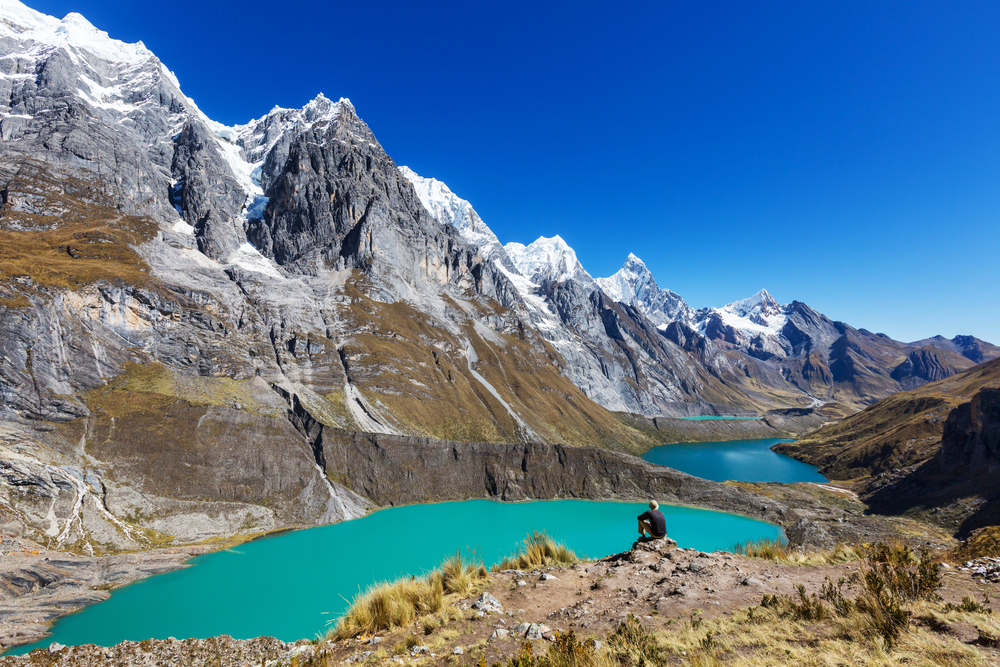
While Peru’s Cordillera Blanca gets all the glory, its lesser-known sister range offers adventures that would make any mountaineer’s heart race. These peaks might be more compact than their famous neighbors, but they pack in enough drama to rival any mountain range on Earth.
Crystal-clear alpine lakes reflect jagged peaks like nature’s mirrors, while rare Andean foxes dart between the rocks. Traditional herding communities maintain ancient pathways between high valleys, their knowledge of the mountains passed down through generations.
The range’s dramatic vertical relief, rising from deep valleys to ice-capped summits, creates one of the most visually stunning mountain landscapes in South America.
Like Travel Pug’s content? Follow us on MSN.
Sierra de Córdoba
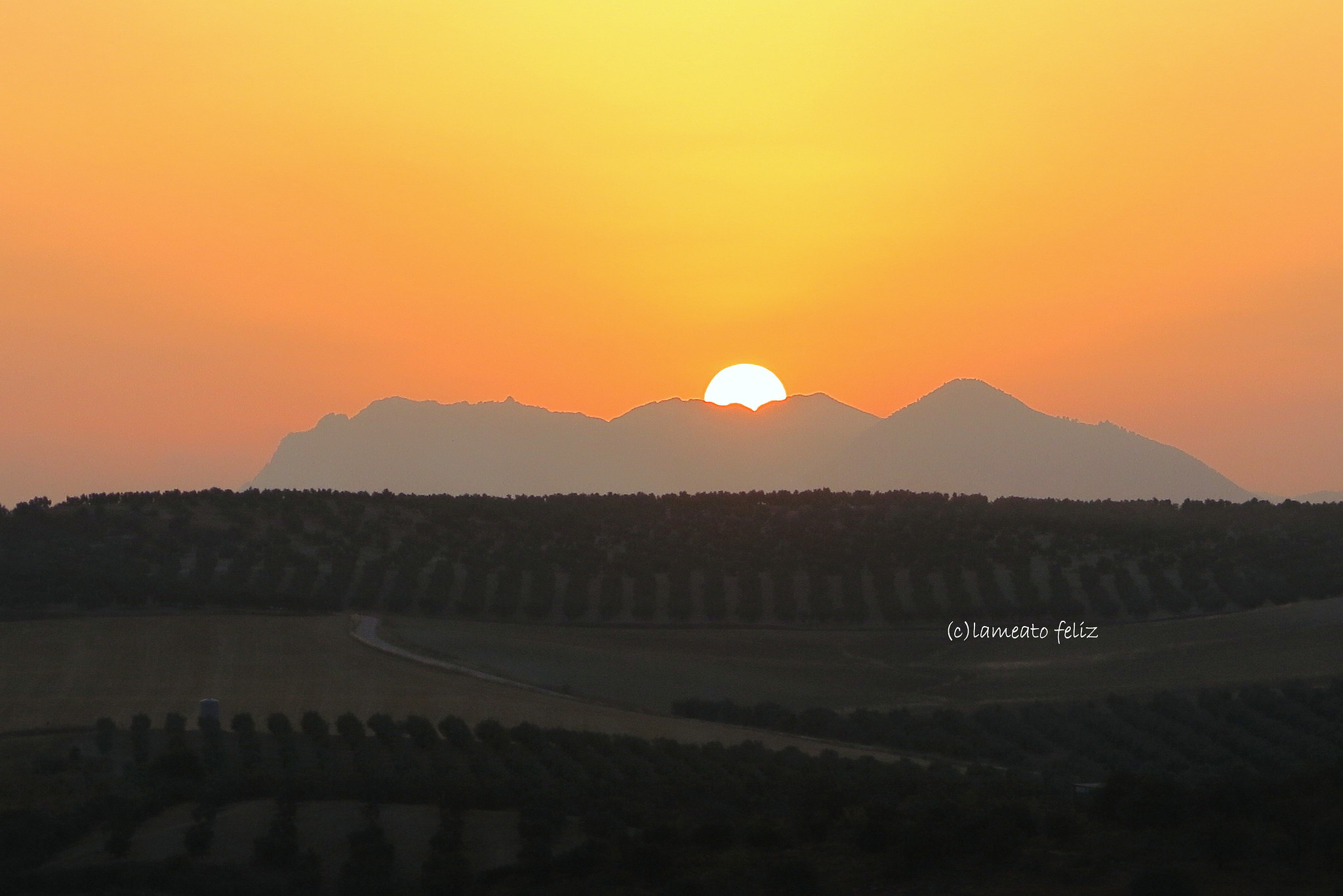
Argentina isn’t all flat pampas and towering Andes, as these ancient mountains rise unexpectedly from the central plains like weathered sentinels. Red rock formations catch the sunset like natural flame, creating light shows that would put any city’s fireworks to shame.
Hidden waterfalls tumble down cliffs where indigenous rock art still tells stories of the past, preserving messages from cultures long vanished. The range’s unique geology creates natural amphitheaters where wind and water have carved fantastic shapes over millions of years.
Local gauchos still work these slopes on horseback, maintaining traditions that connect modern Argentina to its pastoral past.
Serra do Espinhaço
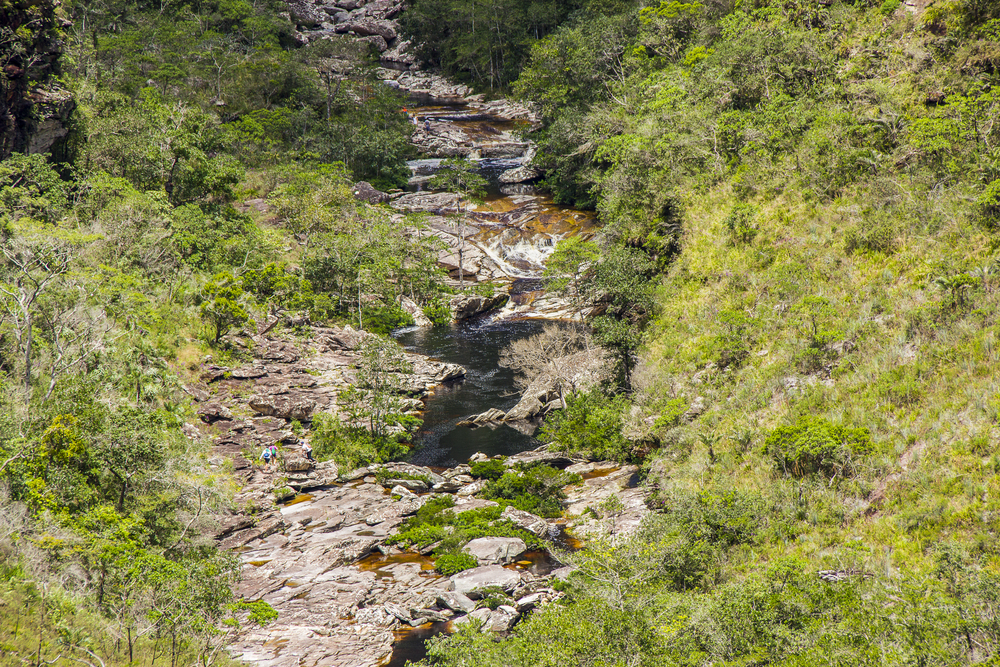
Brazil’s mountains often get overlooked in favor of its beaches and rainforests, but this range holds some of South America’s most unique landscapes where quartzite peaks shimmer like diamonds in the sun. Endemic wildflowers paint the highlands in colors that shouldn’t exist in nature, creating natural gardens that change with each season.
The range serves as a crucial water source for surrounding regions, its springs feeding rivers that sustain millions of people downstream. The mountains harbor ancient trails once used by diamond hunters, now popular with hikers seeking to explore Brazil’s interior. Local communities have developed unique cultural traditions adapted to life in these highlands, including distinctive cuisine and music that reflect the mountain environment.
Cordillera de Mérida
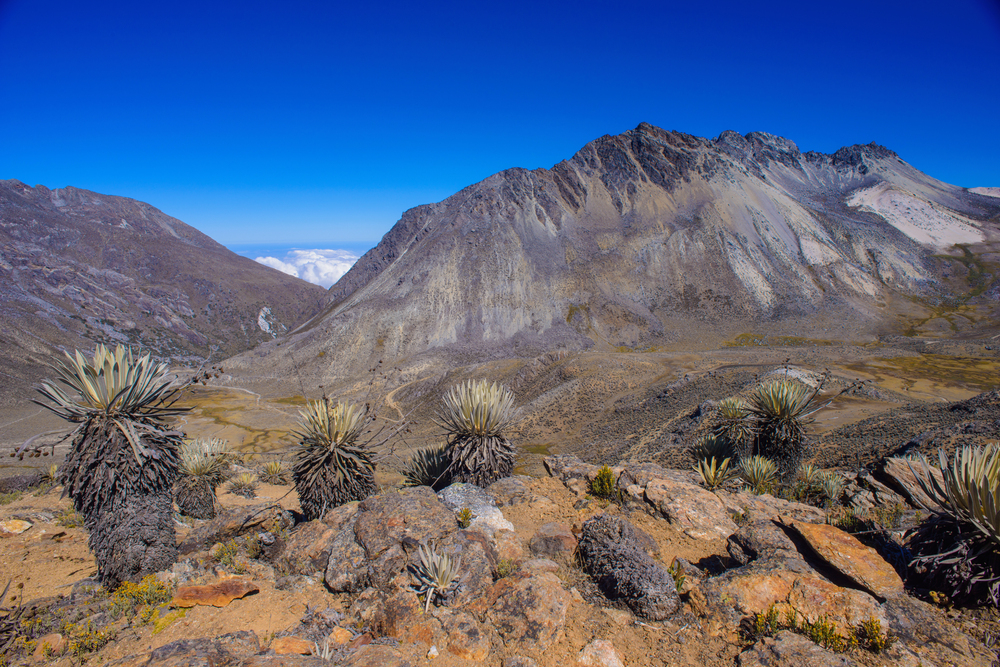
Venezuela’s contribution to Andean beauty often flies under the radar, but these peaks hold the continent’s highest cable car and some of its most dramatic scenery. Alpine páramos dotted with frailejones plants create otherworldly landscapes that feel more like Mongolia than South America.
The local cheese-making tradition here rivals anything you’d find in the Alps, with small-scale producers creating unique varieties found nowhere else. The range’s varied elevations create distinct ecological zones where traditional farmers have developed sophisticated agricultural practices adapted to each level.
These mountains also shelter some of Venezuela’s last remaining glaciers, though climate change threatens their survival.
Like Travel Pug’s content? Follow us on MSN.
Sierra Nevada de Santa Marta
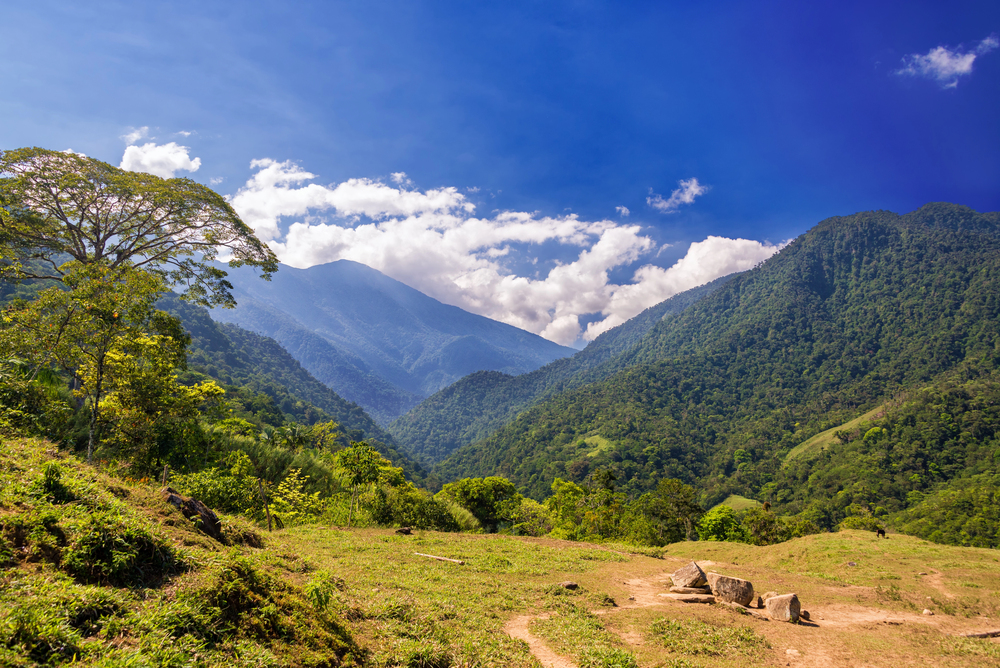
Rising directly from the Caribbean coast, these mountains are a world unto themselves, higher than anything you’ll find in Colorado’s Rockies yet relatively unknown outside Colombia. Indigenous communities still hold these peaks sacred, protecting some of the most biodiverse mountainsides on Earth through traditional management practices.
The range’s isolation has created a unique evolutionary laboratory where species have developed in isolation for millions of years. The mountains capture moisture from Caribbean winds, creating a series of distinct ecological zones from tropical forests to snow-capped peaks.
Ancient stone paths built by pre-Columbian civilizations still connect settlements throughout the range, a testament to the long history of human habitation in these peaks.
Cordillera Real
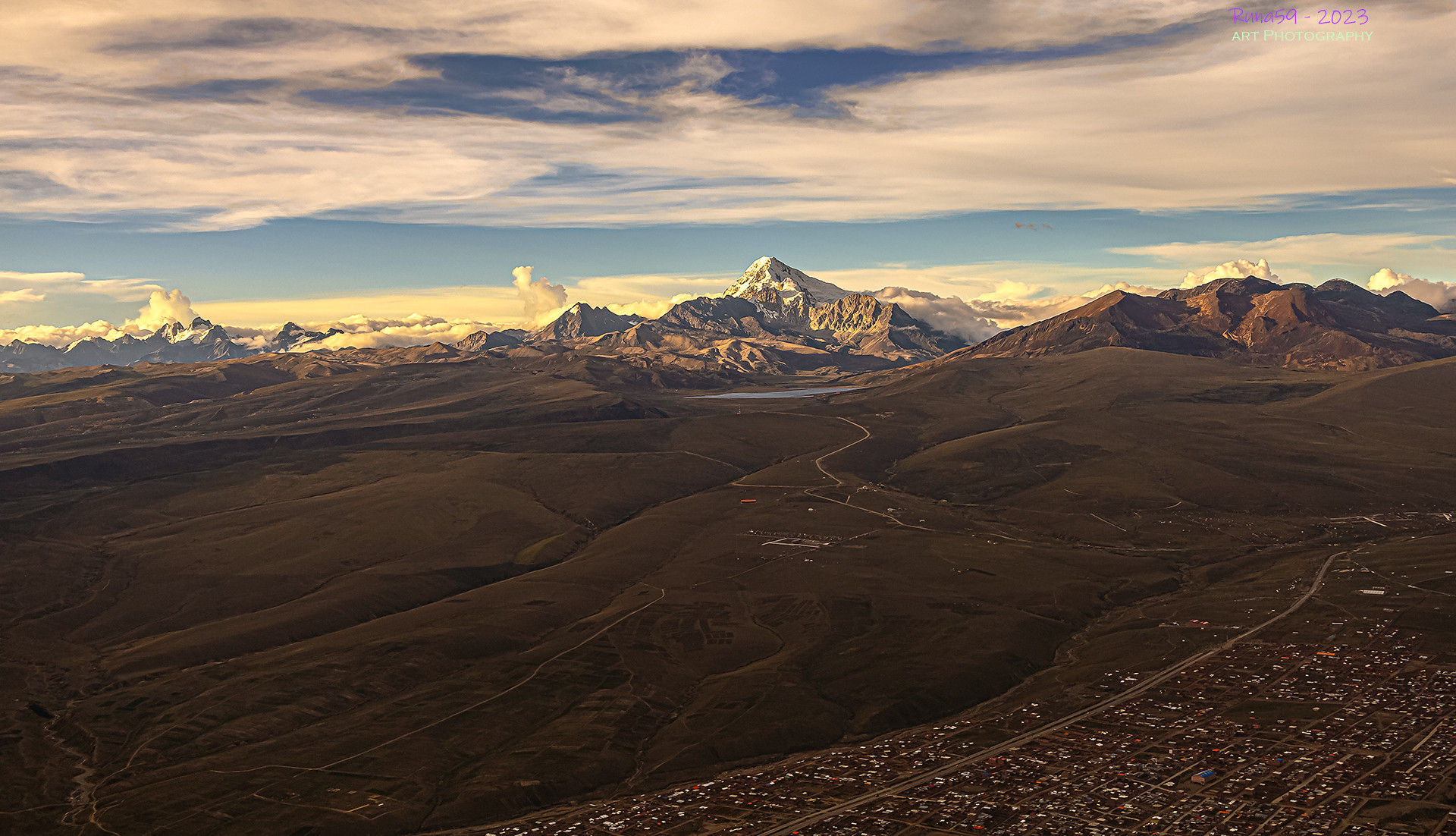
Bolivia’s royal range lives up to its name with peaks that pierce the clouds above La Paz, though it rarely gets the attention it deserves. Ancient Inca trails still wind through these mountains, connecting crystal-clear alpine lakes that reflect the sky like natural mirrors.
Modern-day adventurers can follow paths that Inca messengers once used, passing through traditional communities where ancient agricultural practices persist. The range plays a crucial role in Bolivia’s water security, its glaciers feeding the streams and rivers that sustain both highland and lowland communities.
Traditional ceremonies honoring mountain spirits continue here, blending indigenous and Catholic traditions in unique ways.
Serra da Mantiqueira
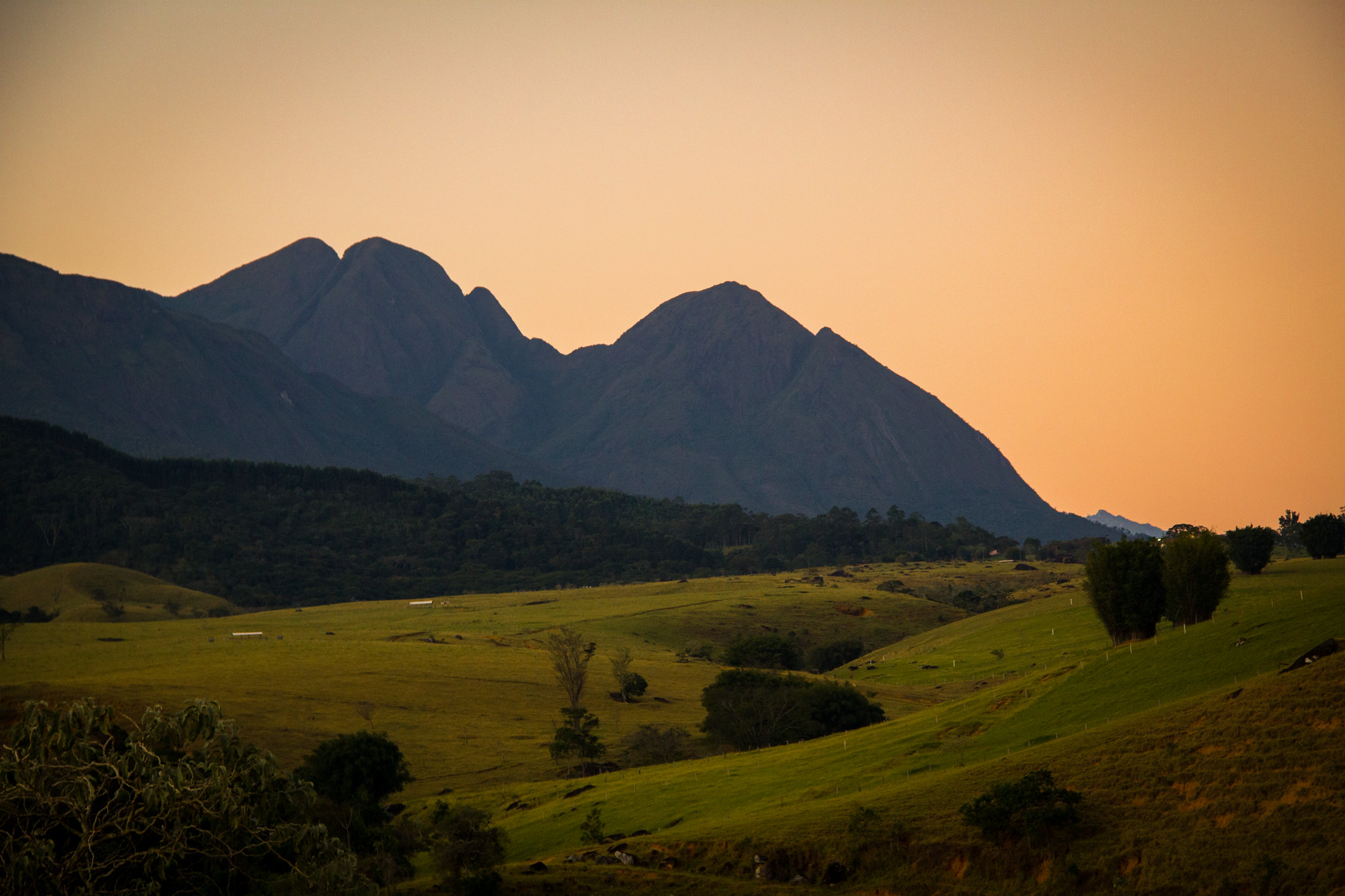
These Brazilian mountains create their own weather patterns and harbor species found nowhere else on Earth, their slopes cloaked in mist during early mornings. Morning fog rolls through valleys where coffee plantations produce some of the world’s finest beans, the altitude and climate creating perfect growing conditions.
Endangered woolly spider monkeys swing through pristine forests above, finding refuge in some of Brazil’s last remaining Atlantic Forest fragments. The range’s name comes from indigenous words meaning ‘crying mountains,’ referring to the numerous springs and waterfalls that emerge from its slopes.
Traditional villages dot the mountainsides, where residents maintain distinctive cultural practices adapted to life in these cloud-wrapped peaks.
Like Travel Pug’s content? Follow us on MSN.
Cordillera Occidental
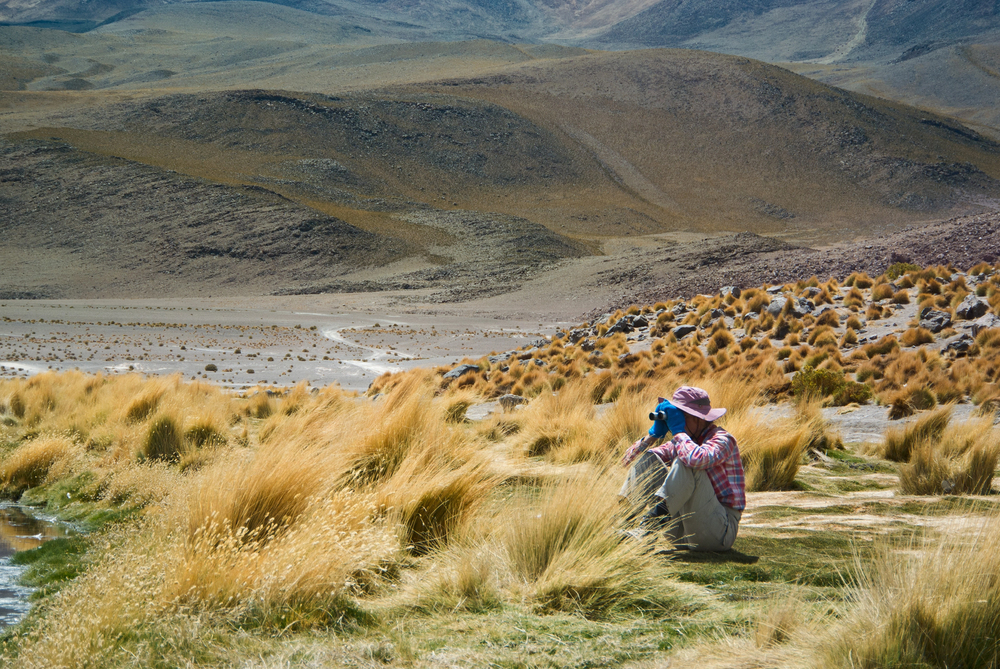
Ecuador’s western range holds secrets that even many locals don’t know about, including cloud forests where spectacled bears still roam undisturbed. Pre-Incan ruins hint at civilizations that understood these mountains long before modern climbers arrived, their stone structures still standing after centuries of earthquakes and erosion.
The range’s position between coastal and highland regions creates unique ecological conditions where species from both zones meet and adapt. Traditional communities maintain ancient agricultural practices on the mountainsides, growing crops at different elevations to hedge against climate variability.
The mountains trap moisture from Pacific clouds, creating lush forests that contrast sharply with drier inland areas.
Sierra de la Ventana
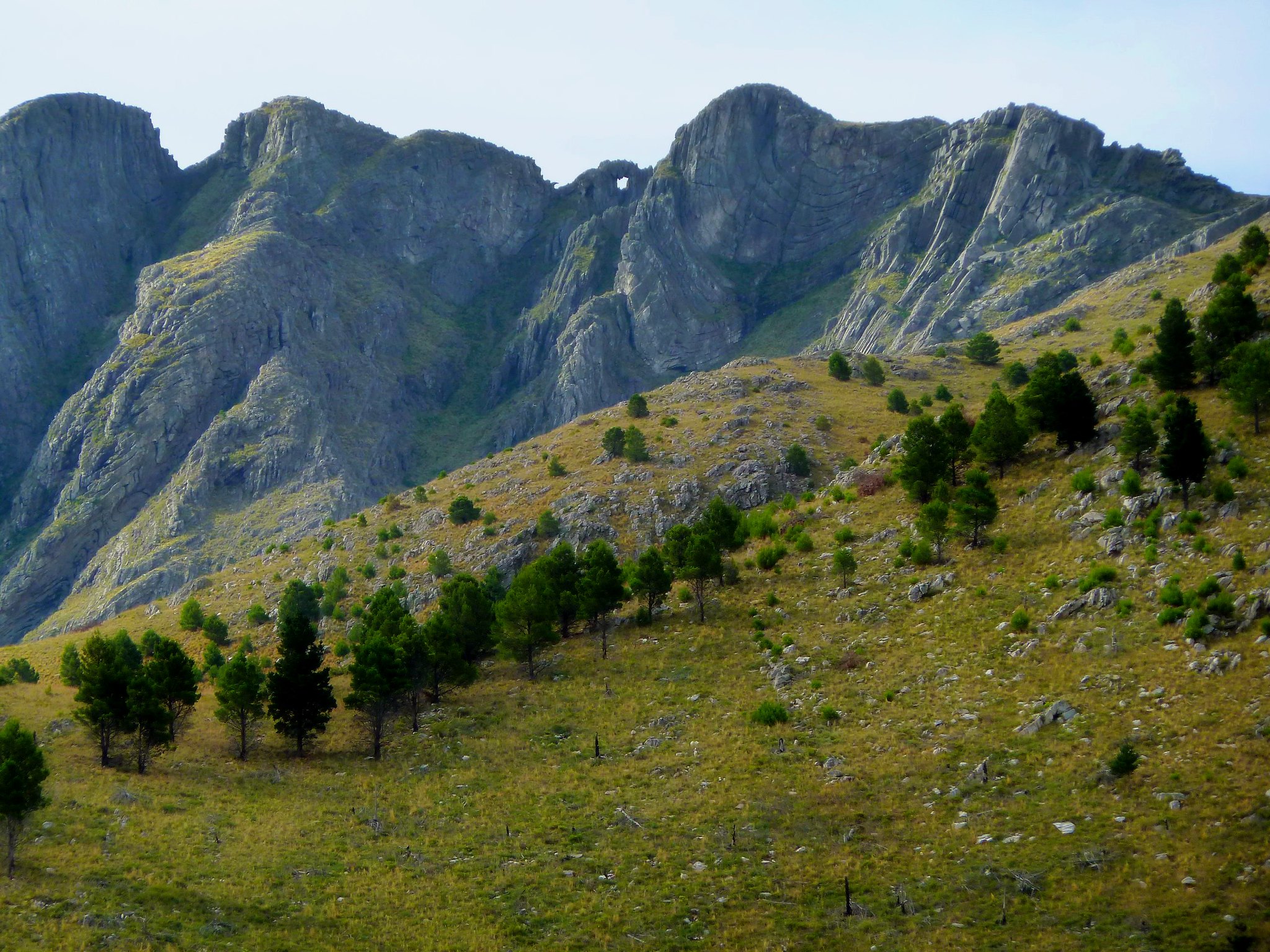
These Argentine peaks might not reach the heights of their Andean cousins, but their wind-carved formations create natural windows that frame some of South America’s most spectacular sunsets. Ancient indigenous art galleries hide in caves throughout the range, preserving messages from cultures that inhabited these mountains thousands of years ago.
The range’s unique geology has created a landscape of natural arches and windows formed by millions of years of wind erosion. Rare grassland species find refuge on slopes too steep for modern development, creating islands of biodiversity in a sea of agriculture.
Local traditions speak of mysterious lights and unexplained phenomena in these mountains, adding to their mystique.
Cordillera de Cutucú
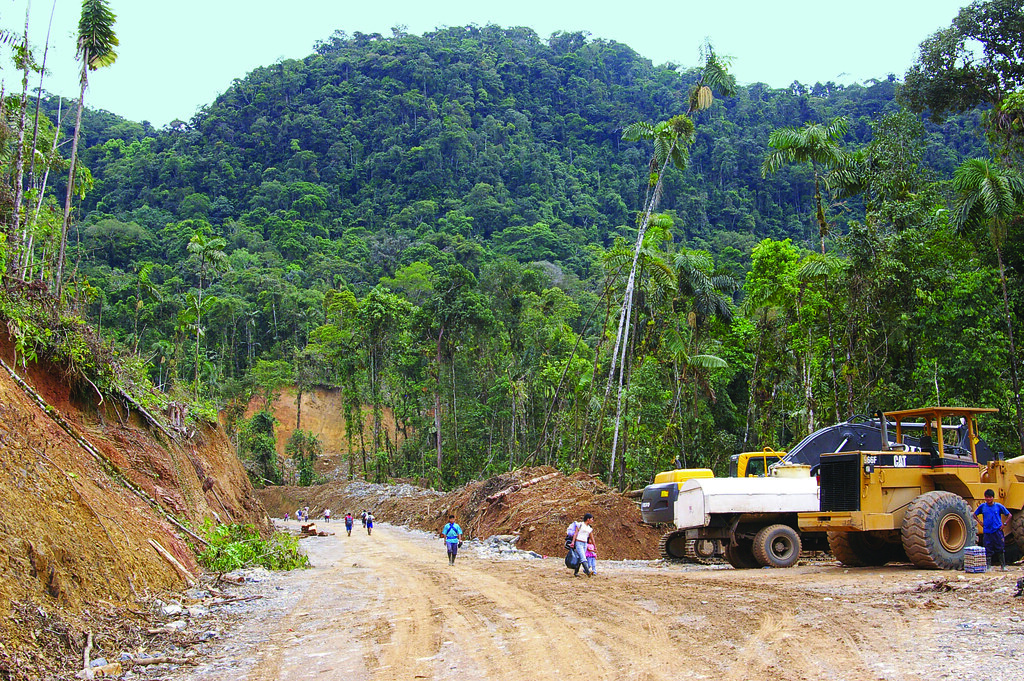
Deep in Ecuador’s Amazon region, these little-known mountains rise like islands from the rainforest sea, creating unique habitats where new species are still being discovered. Indigenous Shuar communities maintain traditional lifestyles in harmony with the mountain environment, their knowledge of local plants and animals spanning generations.
The range’s isolation has helped preserve both its natural wonders and the cultural practices of its inhabitants. Scientists studying these peaks regularly find species unknown to science, particularly among amphibians and insects.
The mountains create a natural barrier between the Amazon and highland regions, influencing weather patterns and species distribution.
Like Travel Pug’s content? Follow us on MSN.
Serra dos Órgãos
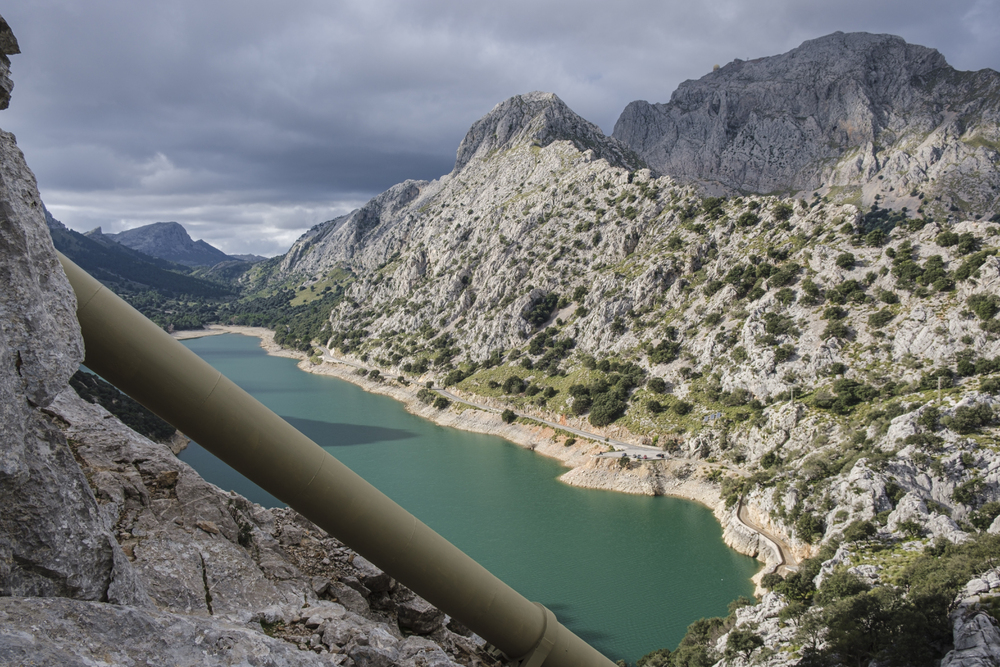
The ‘Organ Mountains’ near Rio de Janeiro might be close to Brazil’s most famous city, but their peaks hold plenty of secrets hidden from the casual observer. Rock formations resembling giant church organs pierce the sky, created by ancient geological processes that shaped much of eastern Brazil.
Trails lead to hidden valleys where time seems to stand still, offering refuge from the bustling metropolis below. The range harbors numerous endemic species that have evolved in isolation, particularly among plants and small vertebrates.
Traditional communities in the mountains maintain distinctive cultural practices, including unique musical traditions inspired by the range’s organ-like formations.
Cordillera Vilcabamba
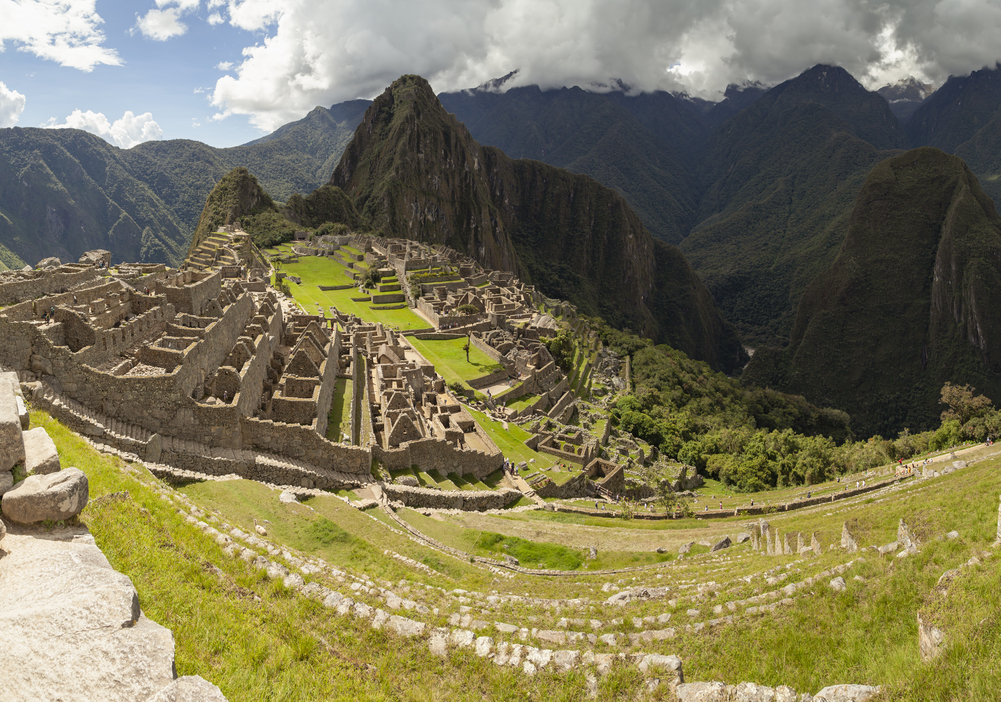
Peru’s last Inca stronghold remains one of South America’s most mysterious mountain ranges, where dense cloud forests hide ruins that archaeologists are still trying to understand. Modern-day communities maintain traditions that connect them to these ancient peaks, including agricultural practices adapted to different elevation zones.
The range served as a refuge for Inca nobles fleeing Spanish conquest, and legends say it still guards undiscovered cities and treasures. These mountains create unique microclimates where species from different ecological zones meet and adapt.
Local guides pass down stories of hidden paths and sacred sites, maintaining knowledge that spans centuries.
Sierra del Aconquija
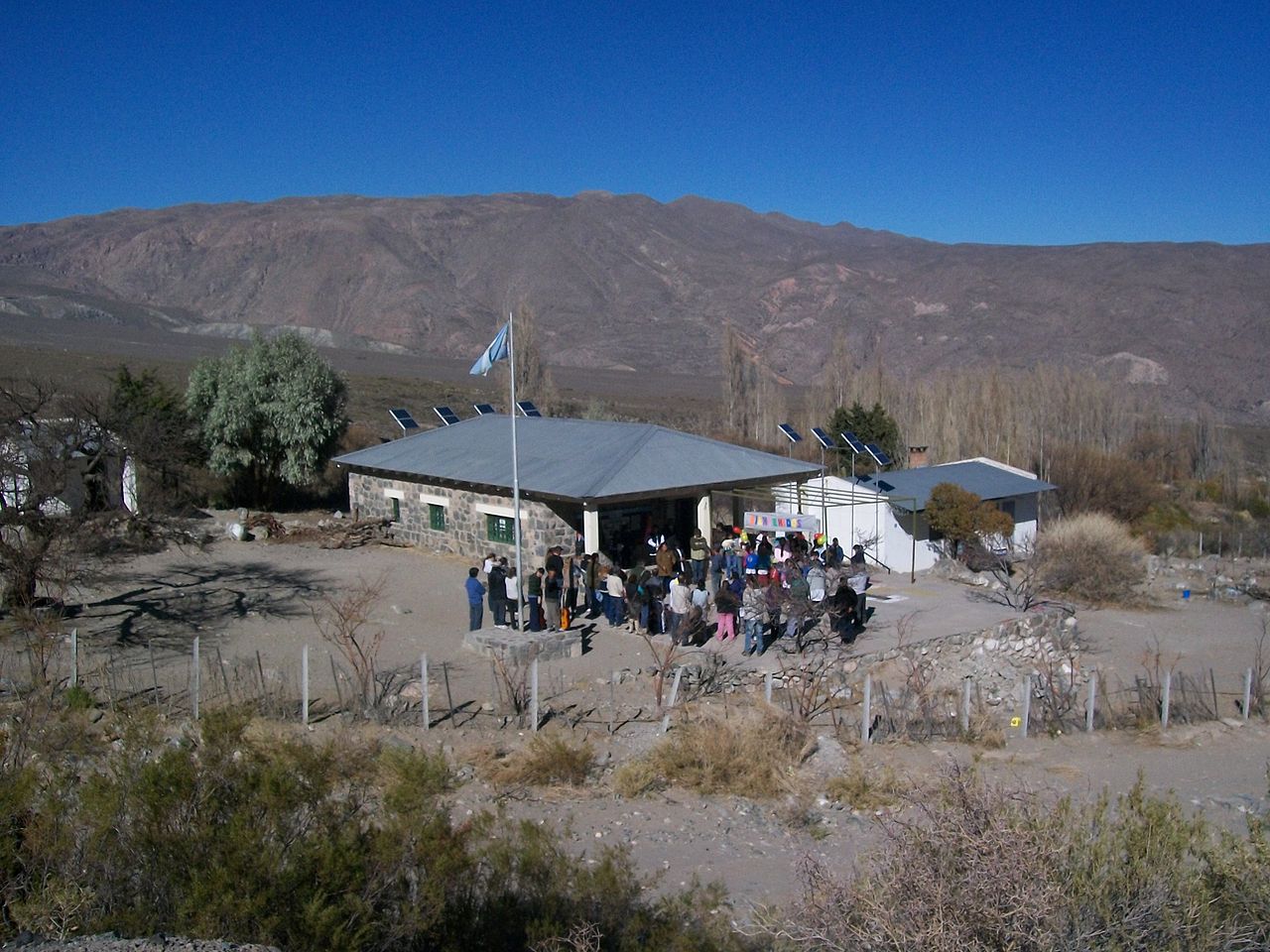
These Argentine mountains trap enough moisture to create their own subtropical forests in the midst of much drier surroundings, acting as islands of biodiversity. Waterfalls plunge down cliffs where prehistoric peoples once painted their stories, creating galleries of ancient art that still baffle archaeologists.
Modern-day gauchos keep cattle-driving traditions alive on the mountainsides, their practices adapted to the challenging terrain. The range’s position creates dramatic climate contrasts between its eastern and western slopes, supporting distinct ecosystems on each side.
Traditional communities maintain unique cultural practices, including festivals that honor the mountains’ role in their lives.
Like Travel Pug’s content? Follow us on MSN.
Cordillera de Carabaya
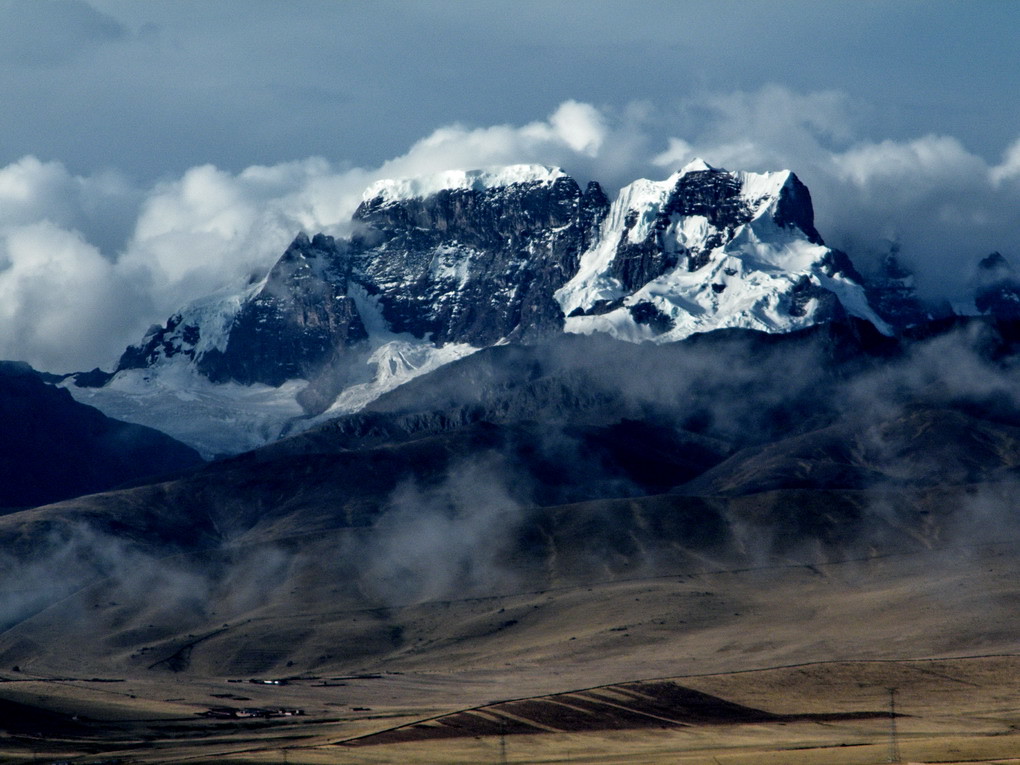
Peru’s southeastern mountains remain largely unexplored by outsiders, which is exactly how local communities prefer it, maintaining traditional ways of life unchanged for generations. Ancient trade routes still connect remote villages, following paths established long before European arrival in South America.
Peaks hold glaciers that scientists are racing to study before climate change alters them forever, their meltwater feeding crucial agricultural areas downstream. The range’s remoteness has helped preserve both its natural features and the cultural practices of its inhabitants.
Traditional knowledge about weather patterns and agricultural timing helps local communities adapt to changing climate conditions.
Serra do Imeri
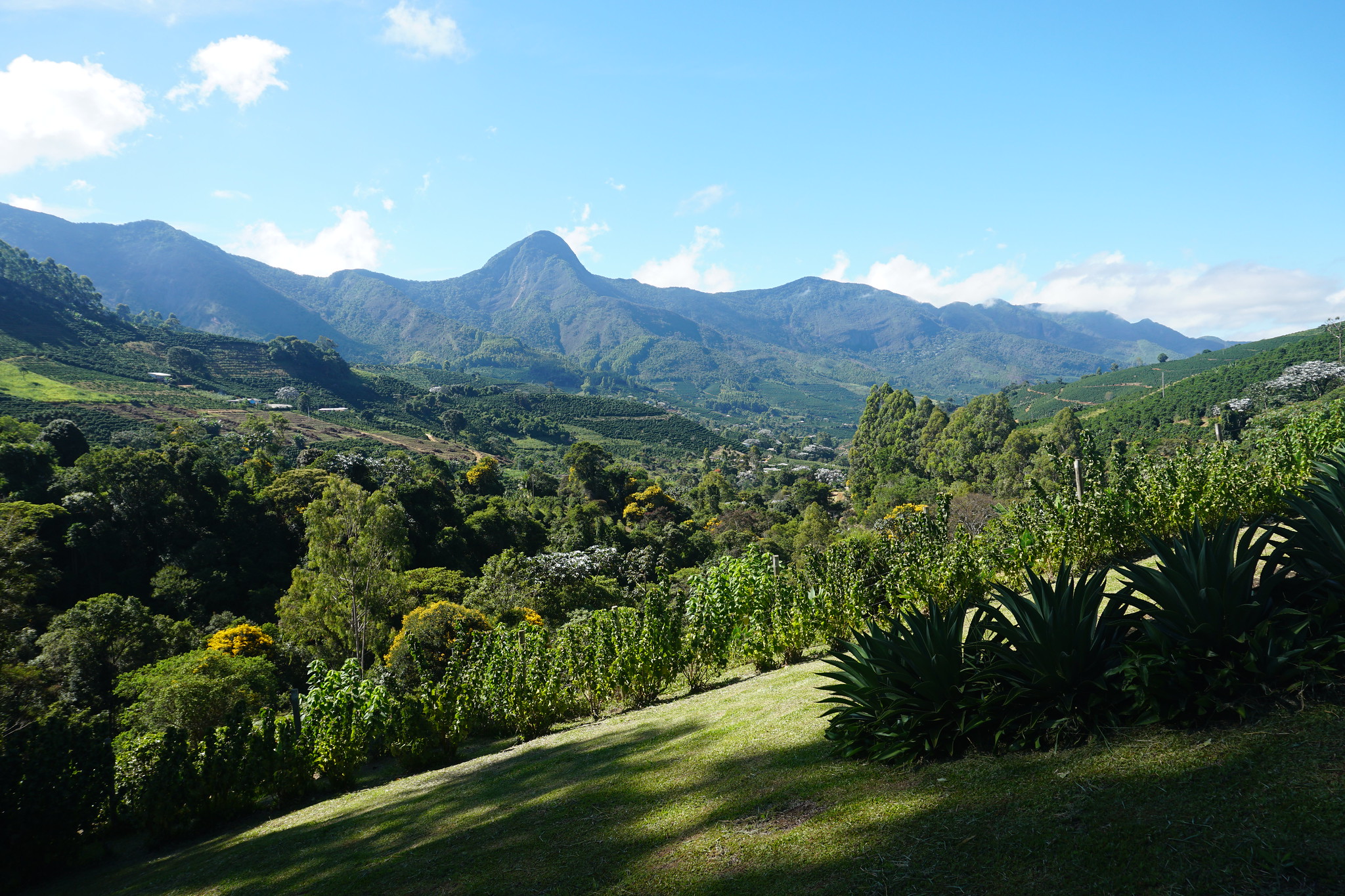
Straddling the Brazil-Venezuela border, these mountains rise from the Amazon like forgotten worlds, creating unique habitats where species evolve in isolation. Indigenous peoples maintain traditional knowledge about the mountain environment that science is only beginning to understand, particularly regarding medicinal plants.
The range’s position creates distinct ecological zones where Amazonian and highland species meet and adapt. These peaks trap moisture from Amazon winds, creating some of South America’s rainiest environments.
Local communities have developed sophisticated systems for living in these challenging conditions; their knowledge has been passed down through generations.
Cordillera Azul
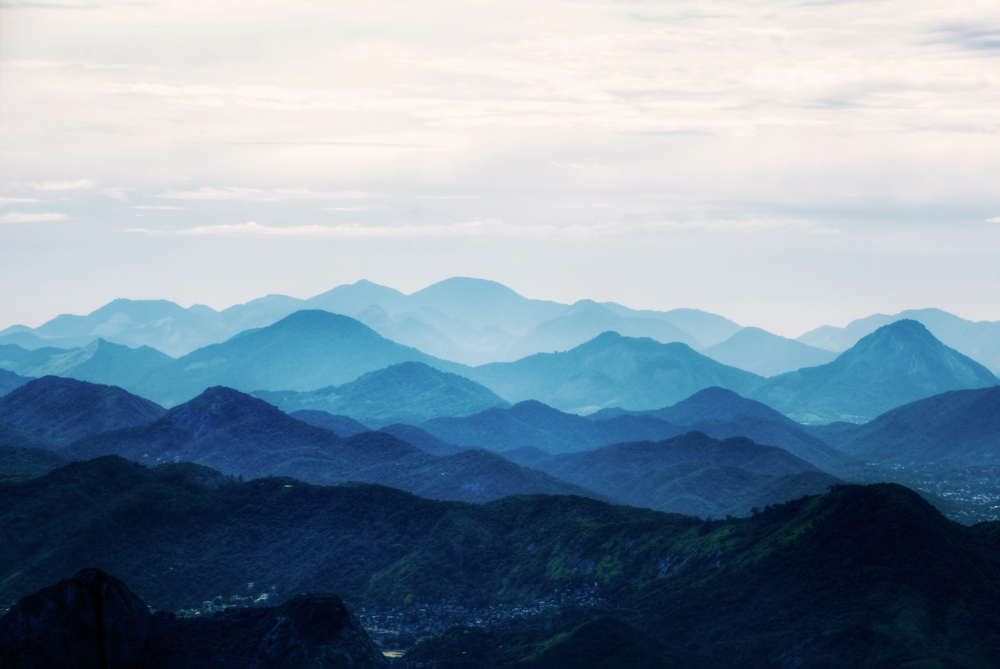
Peru’s ‘Blue Mountains’ earn their name from the hazy color they take on when viewed from a distance, created by moisture rising from the Amazon basin. Hidden valleys shelter species new to science, particularly among amphibians and insects that thrive in the perpetually moist environment.
Azure lakes reflect skies that seem somehow closer than in the lowlands, creating stunning mirror effects that attract photographers from around the world. The range serves as a natural barrier between the Amazon and highland regions, influencing weather patterns and species distribution.
Traditional communities maintain unique agricultural practices adapted to the mountain environment, including sophisticated systems for managing water resources.
Like Travel Pug’s content? Follow us on MSN.
Sierra de Comechingones
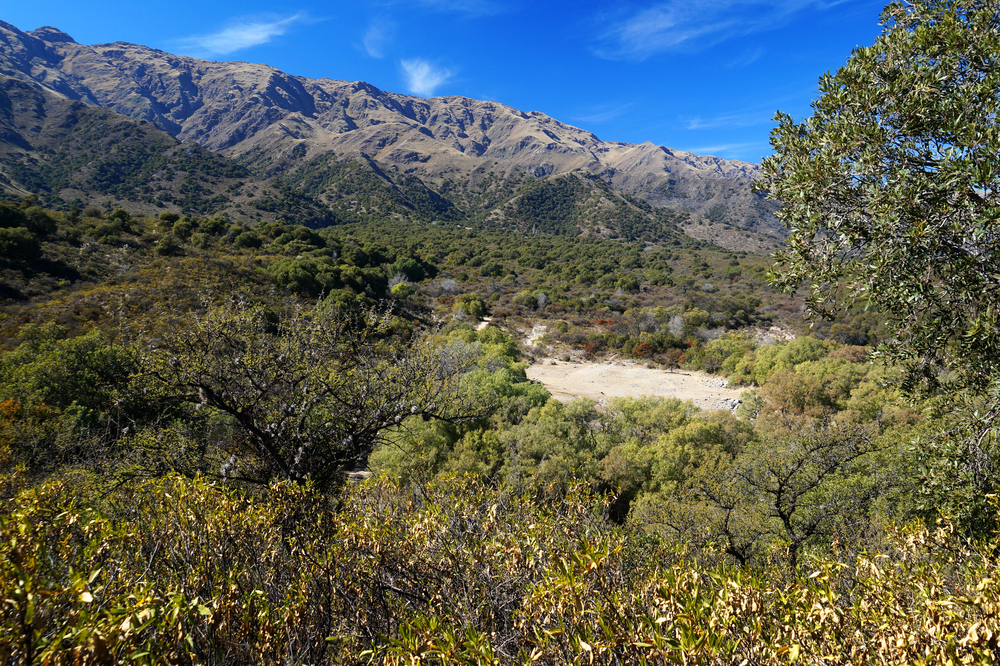
These Argentine peaks might look modest compared to the high Andes, but they hold their own secrets in ancient granite domes that create natural amphitheaters. The wind plays strange music through rock formations, creating sounds that have inspired local legends and music traditions.
Crystal-clear streams harbor species that have survived here since the age of dinosaurs, particularly among fish and amphibians. The range’s unique geology creates distinct microhabitats where endemic species have evolved in isolation.
Local traditions incorporate the mountains’ distinctive features into their cultural practices, including ceremonies timed to celestial events visible from specific peaks.
Serra do Cachimbo
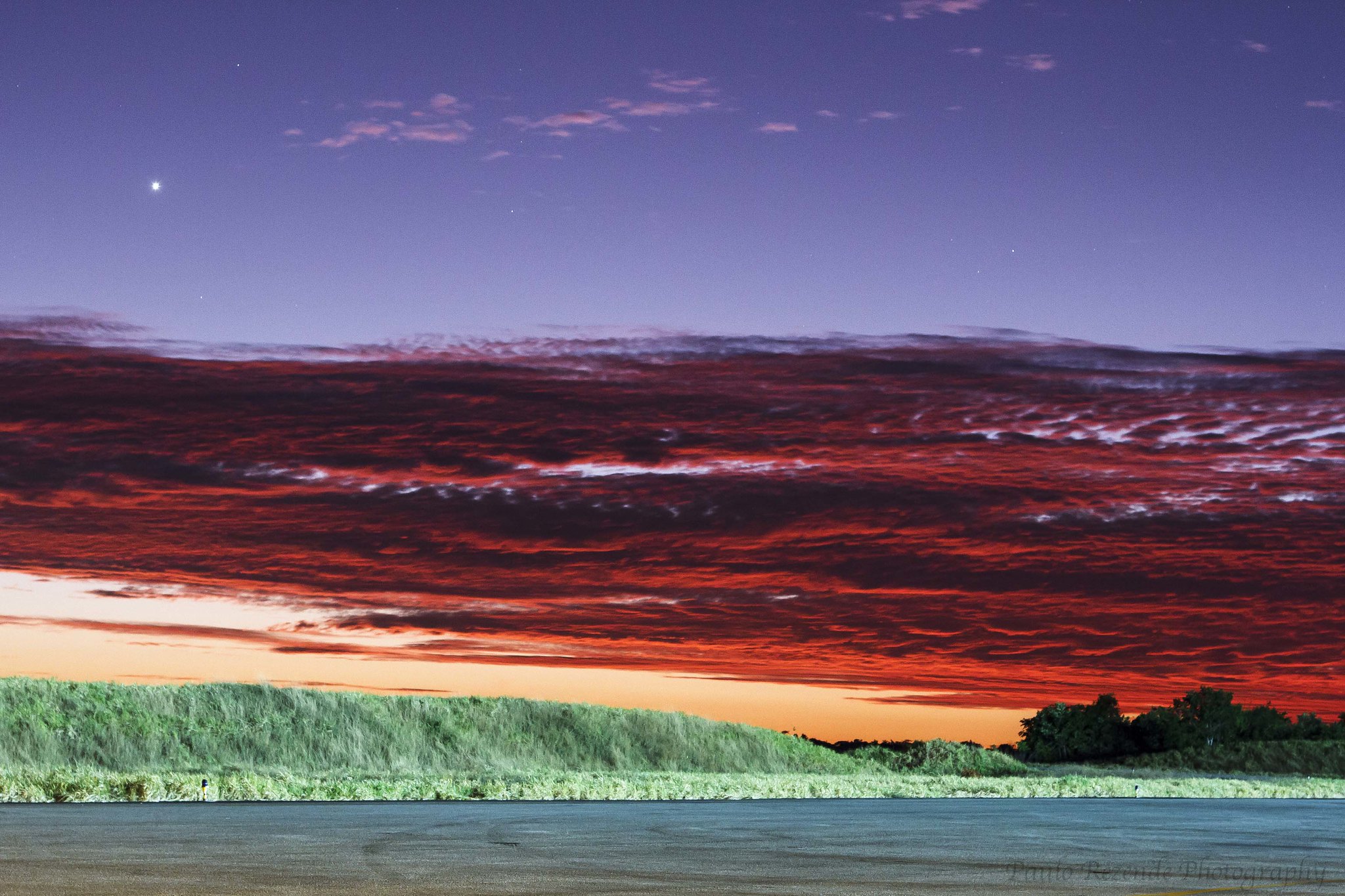
Rising from Brazil’s Amazon basin, these table mountains create their own microclimates where unique species evolve in isolation from their lowland relatives. Waterfalls plunge into canyons so remote that some haven’t been fully explored, creating spectacular displays visible only to the most adventurous visitors.
Indigenous communities maintain traditions tied to the mountain landscape, including sophisticated knowledge of local plants and animals. The range’s flat-topped peaks create distinct environments where species have evolved in isolation for millions of years. Local guides share stories passed down through generations about hidden valleys and sacred sites within the mountains.
Cordillera de Colán
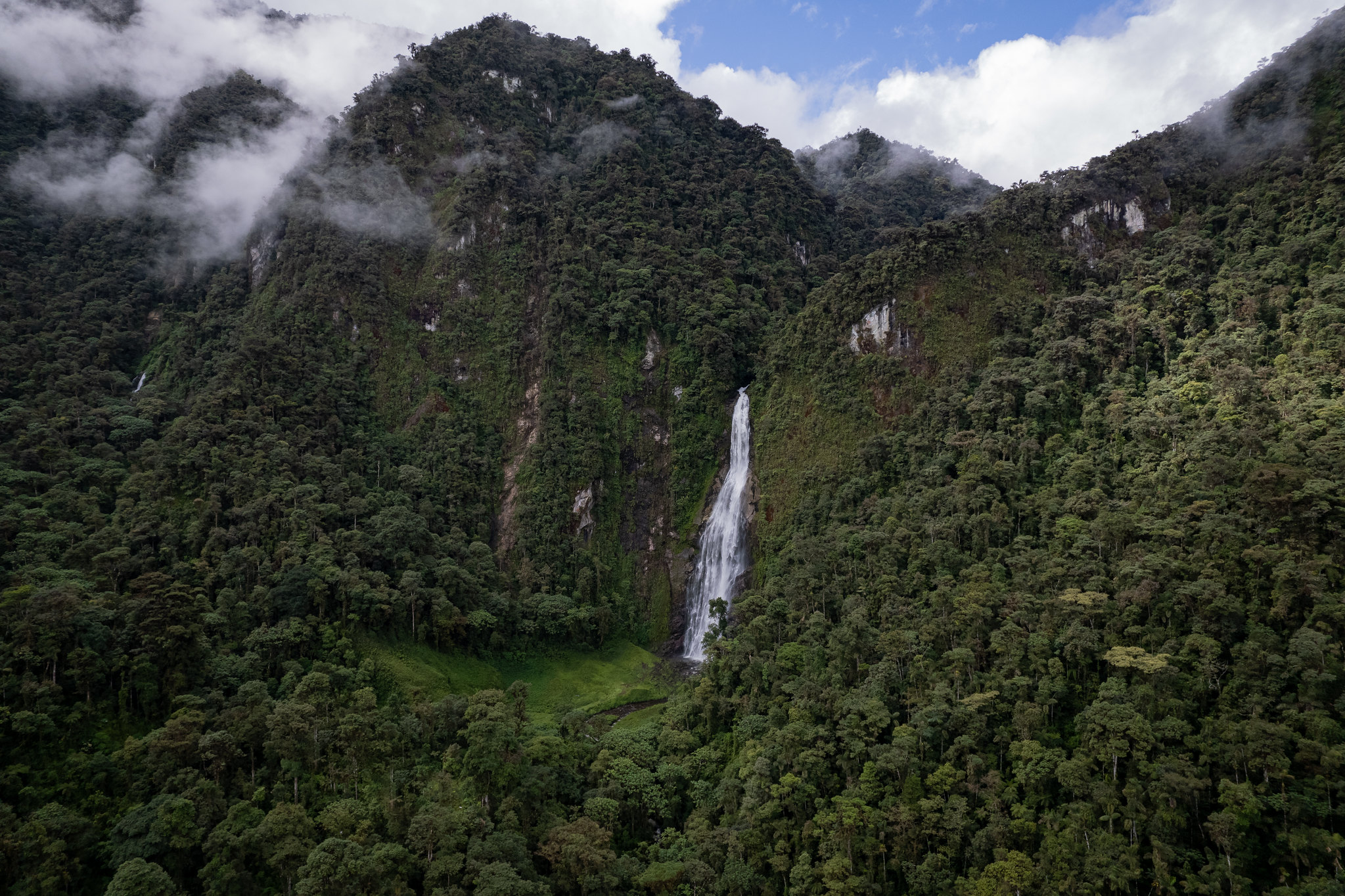
Peru’s northern mountains remain one of South America’s last great wilderness areas, where cloud forests harbor species found nowhere else on Earth. Pre-Columbian ruins hint at civilizations that once thrived in these remote peaks, their stone structures still standing after centuries of abandonment.
The range’s position creates unique weather patterns where coastal and highland influences meet, supporting distinct ecosystems at different elevations. Traditional communities maintain ancient agricultural practices adapted to mountain conditions, including sophisticated systems for managing soil and water resources.
These peaks serve as crucial wildlife corridors, connecting different ecosystems and allowing species to move in response to changing conditions.
Like Travel Pug’s content? Follow us on MSN.
South America’s Untold Mountain Stories
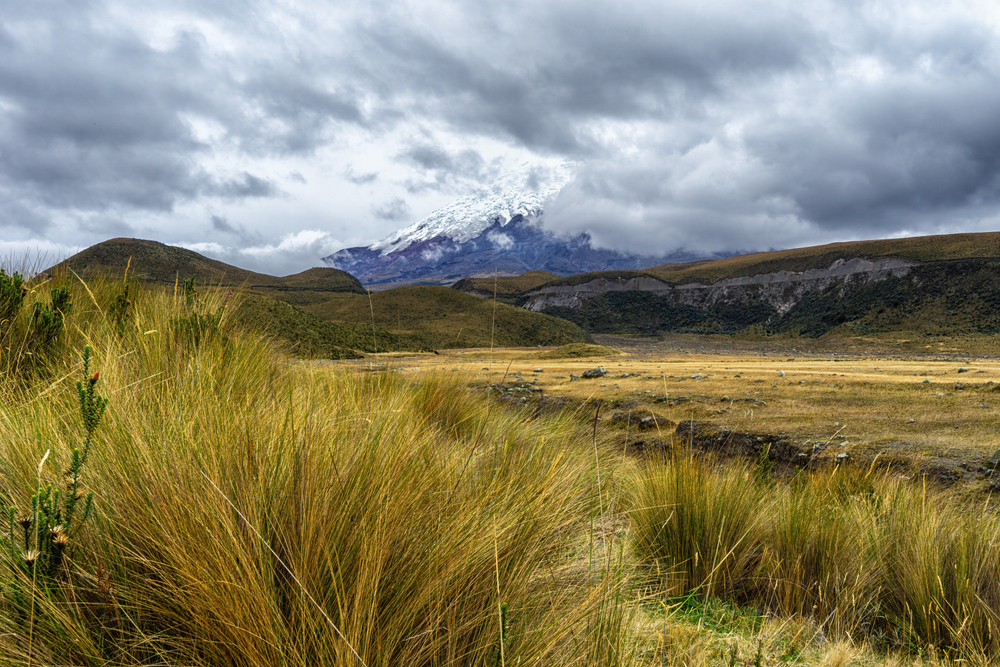
These mountain ranges remind us that South America’s natural heritage extends far beyond its famous peaks. As climate change and development reshape the continent’s landscapes, these lesser-known ranges serve as crucial refuges for unique species and traditional cultures. Their protection might not make international headlines, but their survival matters just as much as that of their more famous cousins.
There’s a whole world of peaks beyond the postcard-famous summits in South America just waiting to be discovered. These hidden giants stand as a testament to the incredible diversity of South America’s landscapes and the resilience of its traditional cultures.
More from Travel Pug

- 15 Dangerous European Cities to Avoid
- 15 Caribbean Islands Where Tourists Keep Getting Scammed
- The 20 Most Fascinating Abandoned Places: A Journey Through Time and Forgotten Spaces
- 15 Hidden Places in the Smithsonian Museums Locals Love: A Guide to Lesser-Known Treasures
- 16 Hidden Florida Beach Towns That Aren’t Overrun with Tourists
Like Travel Pug’s content? Follow us on MSN.
